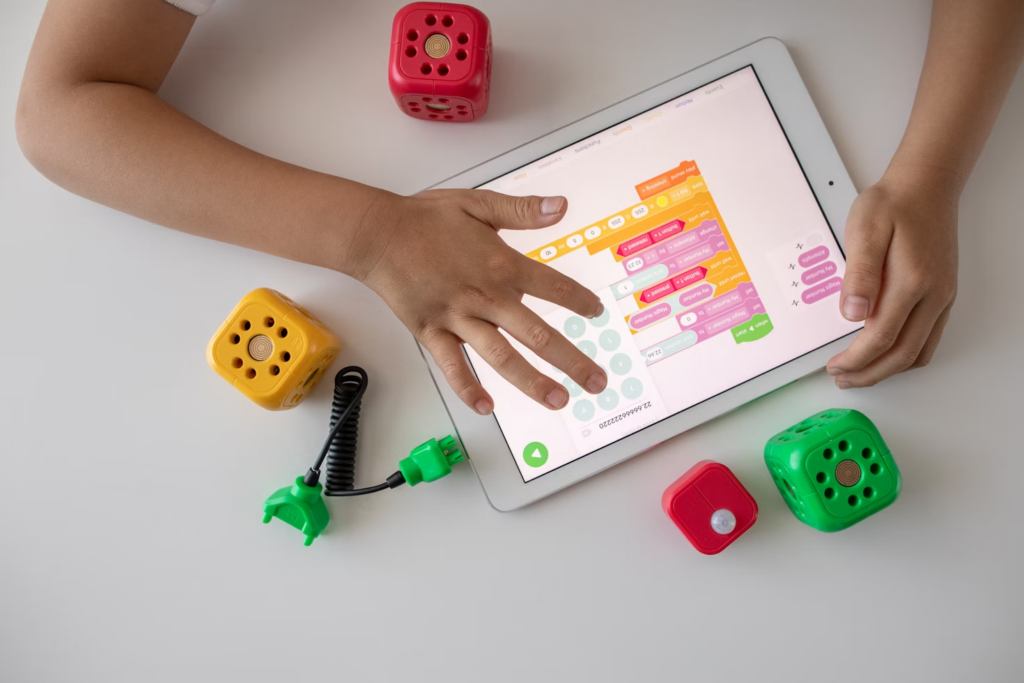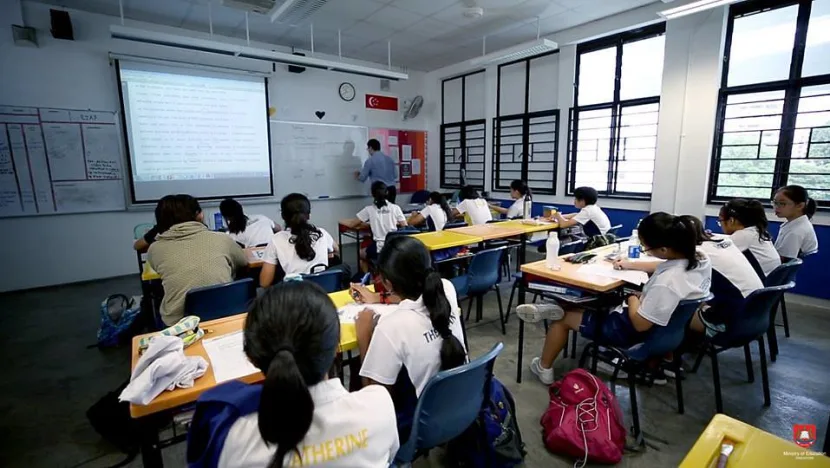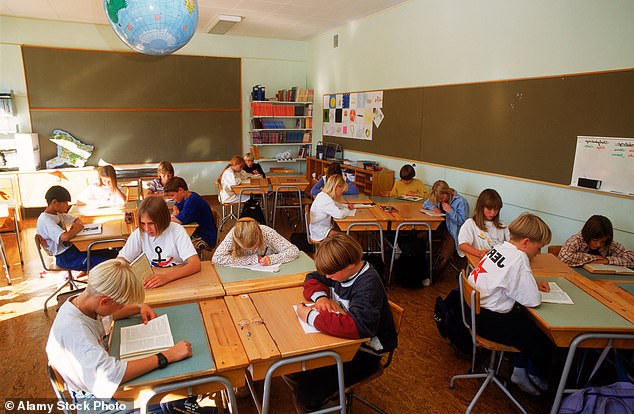"Music is one of the most powerful tools for learning English, blending rhythm and meaning to help you absorb language naturally and joyfully."

At Curio, we understand that learning English can be challenging, but who says it can’t be enjoyable? Music serves as an excellent tool for language acquisition, embedding vocabulary, pronunciation, and cultural nuances in memorable melodies. In this comprehensive guide, we’ll explore how songs can significantly enhance your English language skills and share our top recommendations across various genres to make your learning journey both effective and entertaining.
Why Songs Are Effective for English Language Learning

As language learning specialists, we at Curio have observed that music creates neural connections that traditional study methods simply cannot match. When you listen to songs, your brain processes language differently—engaging both hemispheres and creating stronger memory associations. Here’s why incorporating music into your English learning routine yields remarkable results:
1. Natural Rhythm and Pronunciation
Songs showcase the natural rhythm, stress patterns, and intonation of English. The melodic structure helps learners intuitively grasp pronunciation without becoming overwhelmed by complex phonetic rules. The rhythmic patterns make it easier to remember how words should sound and flow together in authentic speech.
2. Memorable Vocabulary Acquisition
Lyrics set to music are significantly more memorable than isolated vocabulary lists. Research consistently demonstrates that information paired with melody remains in long-term memory more effectively. At Curio, we’ve found that learners can recall song lyrics years after hearing them, along with their contextual meanings.
3. Grammar in Context
Rather than studying grammar rules in isolation, songs present grammatical structures in natural contexts. This contextual learning helps you understand how English actually functions in real communication, moving beyond theoretical understanding to practical usage.
4. Cultural Insights
Music reflects cultural values, historical events, and societal norms. By engaging with English songs, you gain insights into English-speaking cultures that textbooks rarely provide. This cultural literacy is crucial for genuine language mastery.
5. Emotional Connection
Learning through music creates an emotional connection to the language. When you associate positive feelings with English through songs you enjoy, motivation increases naturally, making consistent practice sustainable over time.
How to Use Songs Effectively for English Learning

At Curio, we recommend the following approach to maximise the benefits of music in your language learning journey:
- Active Listening: Don’t just play songs in the background. Listen actively, focusing on the lyrics and their pronunciation.
- Lyrics Study: Read along with lyrics while listening. This connects written and spoken forms of the language.
- Sing Along: Practice pronunciation by singing along after you’ve become familiar with the lyrics.
- Vocabulary Mining: Identify new words and phrases, look them up, and create a personal vocabulary list from each song.
- Cultural Context: Research the background of songs to understand cultural references and idioms.
- Varied Genres: Explore different musical genres to expose yourself to various vocabulary sets and speech patterns.
Best Songs for English Learners by Proficiency Level

For Beginners
Beginners benefit most from songs with clear pronunciation, repetitive choruses, and simple vocabulary. Our Curio team recommends:
“Count on Me” by Bruno Mars
This uplifting song uses simple, everyday vocabulary with clearly articulated lyrics. The repetitive chorus (“You can count on me like one, two, three…”) reinforces basic numbers and common phrasal verbs.
“What a Wonderful World” by Louis Armstrong
The slow tempo and descriptive lyrics make this classic particularly useful for beginners. It teaches basic descriptive vocabulary about nature and surroundings while being easy to follow.
“Let It Be” by The Beatles
The clear pronunciation and repetitive chorus make this song accessible to novice English learners. The limited vocabulary and straightforward sentence structures provide excellent practice without overwhelming newcomers.
For Intermediate Learners
At this level, songs with more complex vocabulary and varied grammatical structures become beneficial:
“Someone Like You” by Adele
Adele’s clear diction and the emotional narrative help intermediate learners grasp more complex expressions of feelings and storytelling in English. The song introduces past tense constructions naturally.
“Imagine” by John Lennon
This song offers philosophical vocabulary and conditional structures (“Imagine there’s no heaven…”), helping learners expand beyond concrete language into more abstract expression.
“Hotel California” by The Eagles
Rich in metaphorical language and storytelling, this song helps intermediate learners begin to appreciate figurative language while enjoying a classic rock narrative.
For Advanced Learners
Advanced learners can challenge themselves with songs featuring complex vocabulary, cultural references, and linguistic wordplay:
“Stan” by Eminem
This narrative song offers colloquial language, slang, and complex storytelling through its epistolary format. The varying registers between verses and chorus provide excellent examples of code-switching in English.
“Bohemian Rhapsody” by Queen
With its operatic sections, varied tempos, and rich vocabulary, this epic composition challenges even advanced learners while introducing them to theatrical language and classical references.
“Fast Car” by Tracy Chapman
This song presents a nuanced social narrative with complex emotional vocabulary and subtle use of tenses to indicate hopes, dreams, and realities.
Genre-Specific English Learning Benefits

Different musical genres offer unique language learning benefits. Here’s our analysis:
Pop Music
Benefits: Contemporary vocabulary, conversational language, and current cultural references.
Recommended Artists: Ed Sheeran, Taylor Swift, Adele.
Pop songs typically feature clear vocals and relatable themes, making them excellent resources for everyday vocabulary and common expressions. Recent pop hits also help learners stay current with evolving language usage.
Folk Music
Benefits: Storytelling structures, regional dialects, and historical vocabulary. Recommended Artists: Bob Dylan, Mumford & Sons, Laura Marling.
Folk music’s emphasis on narrative helps learners understand sequencing in English storytelling while often featuring rich descriptive language about places, people, and emotions.
Hip-Hop and Rap
Benefits: Wordplay, rhythm, cultural slang, and fast speech processing.
Recommended Artists: (Cleaner content) will.i.am, Macklemore, Loyle Carner.
While often challenging due to speed and cultural references, hip-hop develops advanced listening skills and introduces learners to contemporary slang and urban expressions. UK artists like Loyle Carner provide exposure to British accents and expressions.
Classic Rock
Benefits: Clear diction, cultural touchstones, and idiomatic expressions.
Recommended Artists: The Beatles, Queen, The Rolling Stones.
Many classic rock songs feature clearly pronounced lyrics and have transcended generations, providing insights into how English language and culture have evolved over decades.
Musical Theatre
Benefits: Expressive language, dialogue formats, and emotional vocabulary.
Recommended Artists: Songs from “Hamilton,” “Les Misérables,” “The Phantom of the Opera”
Musical theatre combines storytelling with emotional expression, helping learners understand how English speakers convey complex feelings through language.
Curio’s Recommended Playlist for English Learners

Based on our experience with thousands of English learners, we’ve compiled this essential playlist to boost various language learning goals:
For Pronunciation Practice:
- “The Sound of Silence” – Simon & Garfunkel
- “Perfect” – Ed Sheeran
- “Landslide” – Fleetwood Mac
For Vocabulary Expansion:
- “Viva la Vida” – Coldplay
- “Hallelujah” – Leonard Cohen
- “Piano Man” – Billy Joel
For Grammar Reinforcement:
- “If I Were a Boy” – Beyoncé (conditional tenses)
- “I Still Haven’t Found What I’m Looking For” – U2 (present perfect)
- “She Used to Be Mine” – Sara Bareilles (past tense and used to)
For Cultural Understanding:
- “London Calling” – The Clash
- “American Pie” – Don McLean
- “Common People” – Pulp
Practical Activities for Song-Based Learning

1. Gap-Fill Exercises
Create or find worksheets where certain words are removed from lyrics. Listen and fill in the blanks. This strengthens both listening comprehension and contextual vocabulary understanding.
2. Translation Challenges for Students Learning English as a Second Language
Translate lyrics into your native language, then back to English without looking at the original. Compare your version with the original lyrics to identify differences in expression.
3. Summary Writing
After listening to a narrative song, write a summary of the story in your own words. This hones comprehension and paraphrasing skills.
4. Vocabulary Categorisation
Create thematic lists from songs (e.g., emotion words, descriptive adjectives, phrasal verbs) to organise new vocabulary meaningfully.
5. Discussion Groups
Form a group with other learners to discuss interpretations of songs, practicing speaking while exploring deeper meanings in lyrics.
Digital Tools for Song-Based Learning

- LyricsTraining: This website and app offers interactive gap-filling exercises with music videos at different difficulty levels.
- FluentU: Features music videos with interactive subtitles and vocabulary learning tools.
- Musixmatch: Provides synchronised lyrics for songs in your music library, allowing you to follow along in real-time.
- Genius: Offers annotations explaining cultural references, slang, and wordplay in song lyrics.
- Spotify Language Playlists: Curated playlists designed specifically for language learners at various proficiency levels.
The Science Behind Music and Language Acquisition

Research consistently supports that music significantly enhances language learning. Studies from neurolinguists reveal that music activates broader neural networks than traditional study methods, creating multiple pathways for retrieving language information.
A 2019 study published in the Journal of Memory and Language demonstrated that participants who learned phrases through songs showed 28% better recall after three weeks compared to those who learned through spoken repetition alone. The melodic encoding creates a “memory hook” that makes retrieval more efficient.
Additionally, the dopamine release associated with enjoying music creates positive reinforcement for learning, establishing a reward cycle that motivates continued engagement with the language.
Conclusion: Create Your Musical Learning Journey

At Curio, we believe that effective language learning should be both rigorous and enjoyable. Incorporating songs into your English studies transforms practice from a chore into an engaging experience that naturally fits into your daily life.
Start by selecting just one or two songs from our recommendations that match both your English level and musical preferences. Engage deeply with these before moving on, using the activities we’ve outlined to extract maximum learning value.
Remember that consistency trumps intensity—fifteen minutes daily with English songs will yield better results than occasional marathon sessions. Create a dedicated playlist for your English learning journey and update it regularly as your skills progress.
By combining the emotional power of music with intentional language practice, you’ll develop not just technical English skills but an authentic connection to the language and its cultural contexts. This holistic approach aligns perfectly with Curio’s philosophy of meaningful, enjoyable language acquisition.
Ready to transform your English learning experience through music? Start with our recommended playlist today and discover how melody can unlock your language potential.






































































